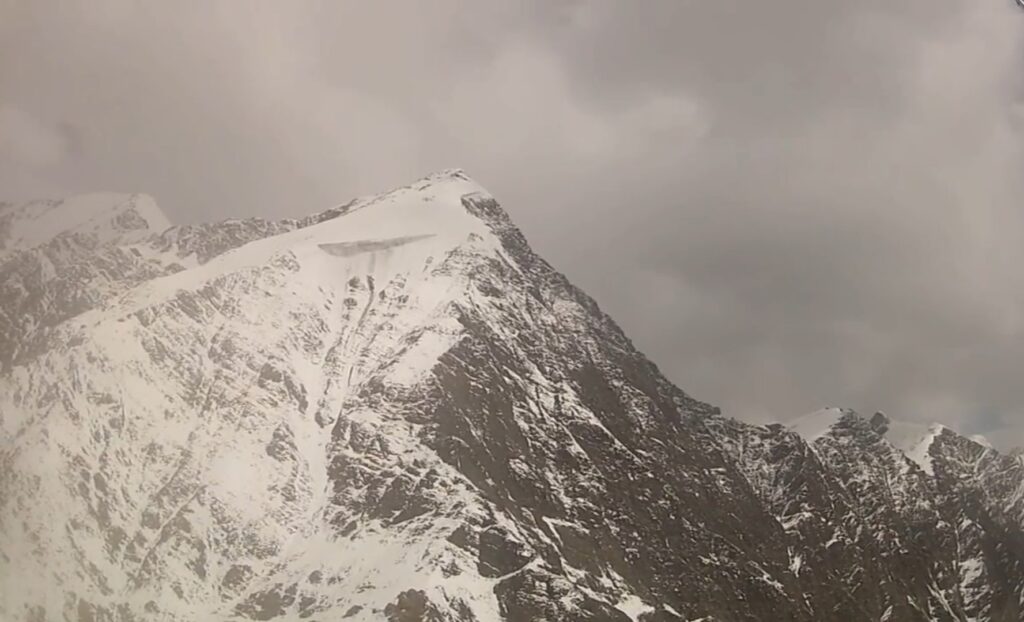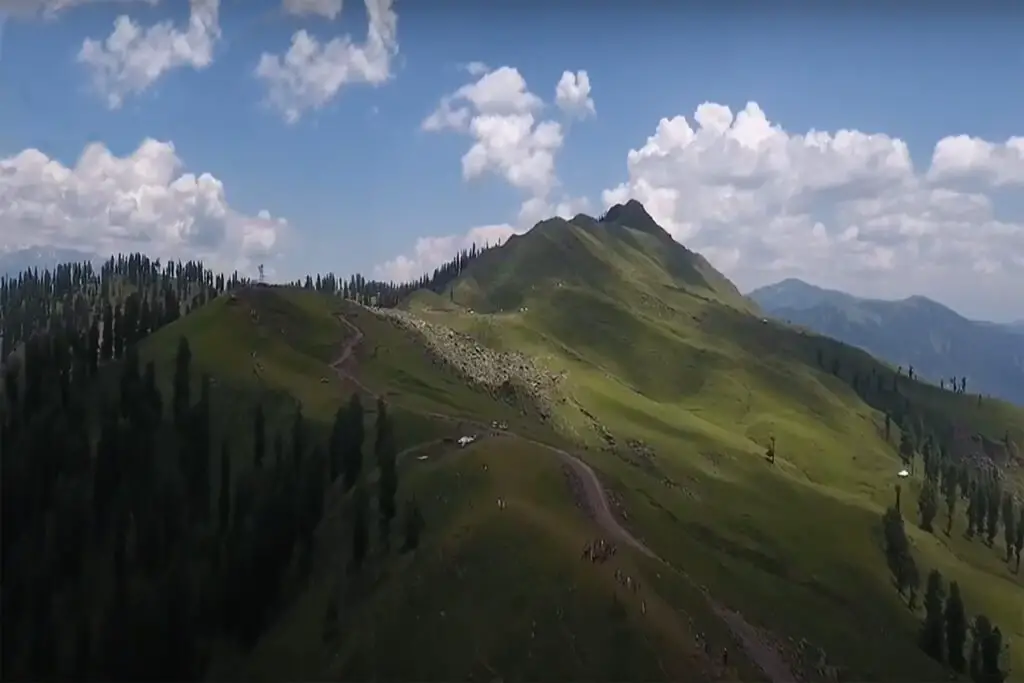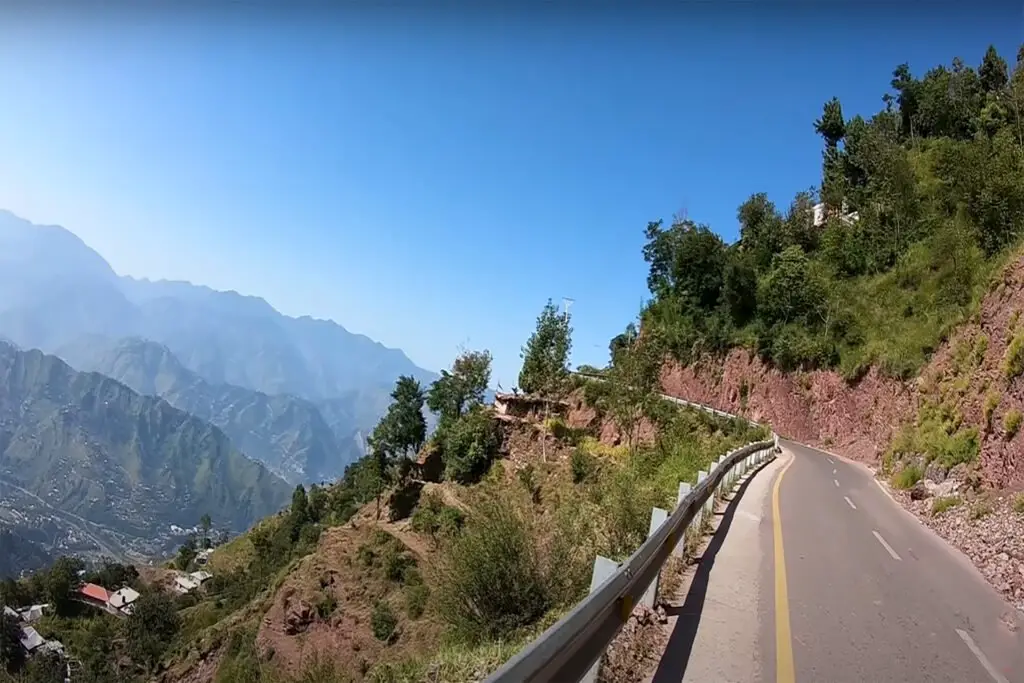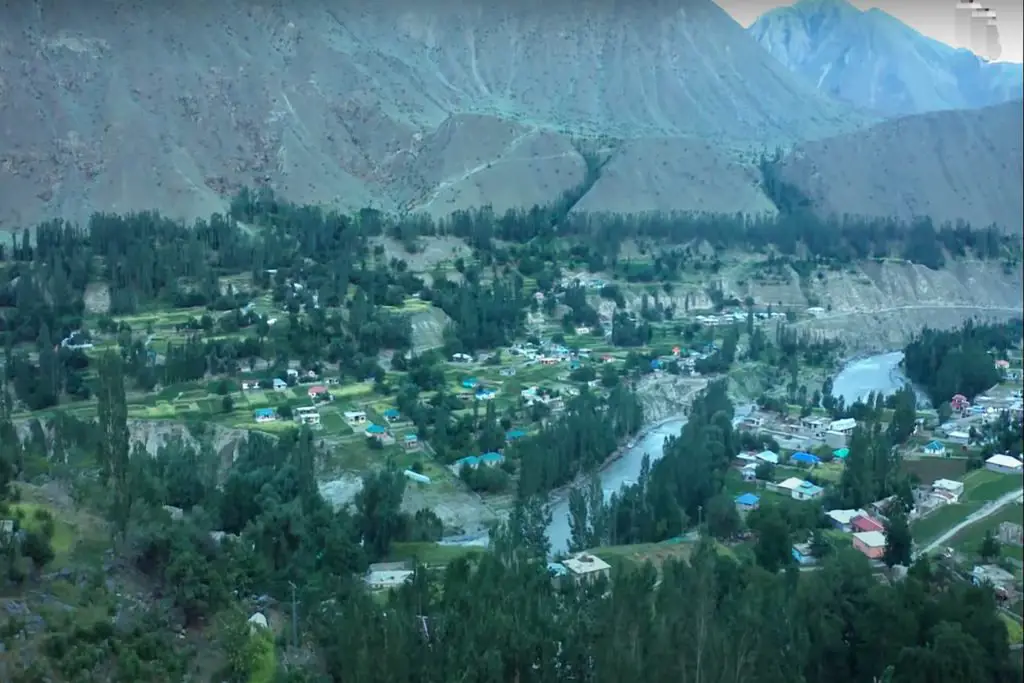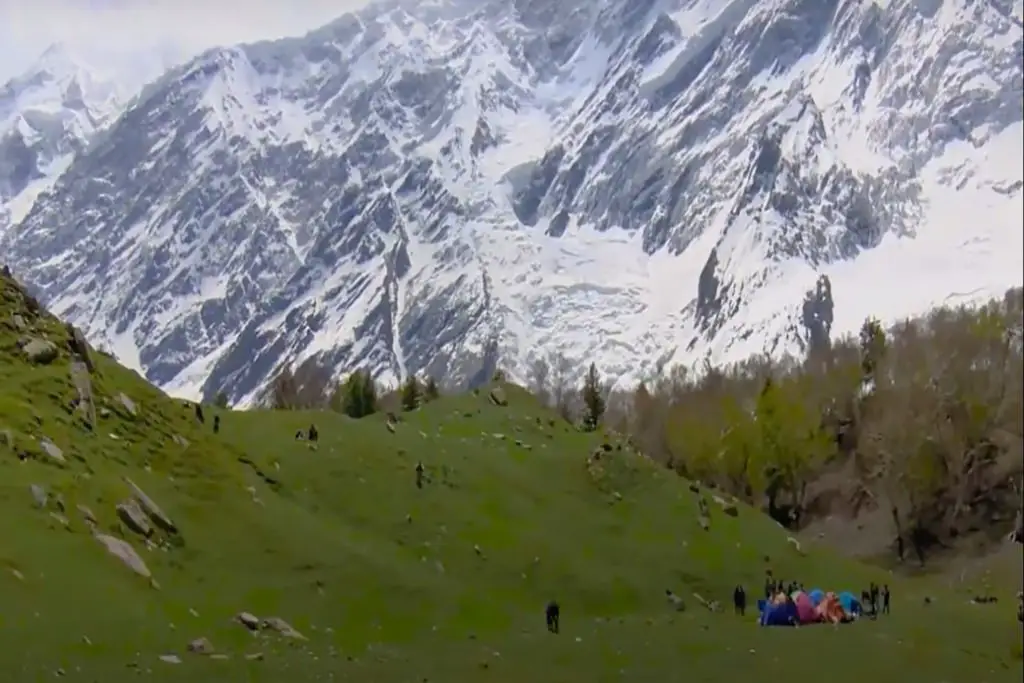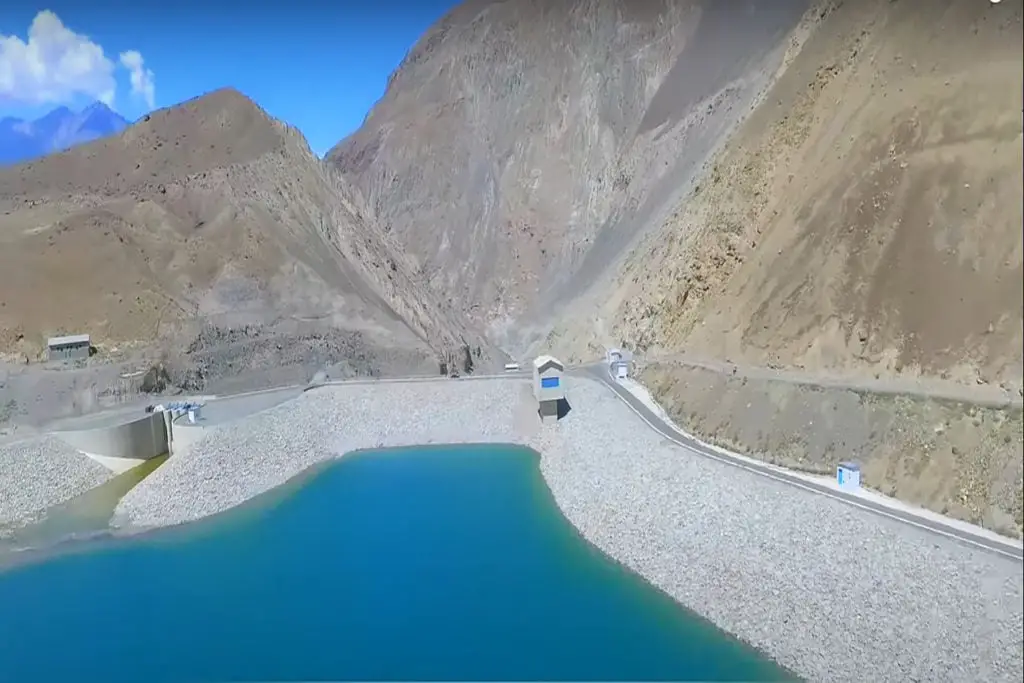Sonia Peak is a breathtakingly beautiful mountain located in the remote North Ghuzerav Mountains, north of Shimshal and near the Chapchingol Pass. It is one of the most sought-after destinations for adventurous mountaineers, offering an exhilarating climb and stunning views of the surrounding landscapes.
The peak falls within the boundaries of Khunjerab National Park, which is adjacent to Tashkorgan National Park in China. The area is known for its rugged terrain, pristine wilderness, and unique biodiversity. The park is home to a variety of wildlife, including the endangered snow leopard, Himalayan ibex, and Marco Polo sheep.
Even by Pakistani standards, the Ghuzerav Mountains are underexplored with numerous virgin peaks awaiting the intrepid climber. The heart of the range is Sonia Peak, a magnificent pyramid of almost perfect symmetry.
It is ideal for those looking for a technically easy climb in the interior of the Pakistani wilderness and is no more than an alpine-grade PD. While the summit is relatively close to KKH, few people choose to climb mountains in the Karakoram Mountains this far north.
Sonia Peak was founded and named by Michael Beek from Germany in 1994, the peak name and climbing route were first introduced in the first edition of the German tourist guide “Pakistan-Land-Geschichte-Kultur” in 1996.
However, according to Lonely Planet, the peak was first climbed by a local Shimshali named Rahmat Ullah Baig, who named the peak after the wife of the expedition member.
Route to Sonia Peak Pakistan
The most popular route to climb Sonia Peak starts from the Chapchingol base camp to the east. The climb is challenging and requires mountaineering skills, experience, and physical fitness. However, the climb is worth it, as it offers magnificent views of the surrounding peaks and valleys, including the impressive Shimshal Whitehorn Peak and the Batura Wall.
Despite its remote location, Sonia Peak has become increasingly popular among climbers, thanks to its challenging ascent and breathtaking views.
A lesser-known ascent can alternatively be made from the north along an unnamed glacier, which eventually leads to the KKH via a stream. The northern ridge was first climbed by a local Shimshali guide named Hasil Shah and was subsequently called the “Hasil Route”. This northern route is considered safer than the faster-grading south face.
Sonia Peak can be accessed either from the south or from the north. The southern approach involves a six-day trek from Shimshal village via the Boisum Pass, 4875 m. It used to take 5 days to trek to Shimshal village. With the recently built Jeep track, the journey can be completed in a few hours. Jeeps leave Passa for KKH daily.
From the north, the Peak can be reached in just 2 days from Koksil on the KKH, but there is considerable red tape associated with this approach (see red tape) and private hire transport will be required.
The climb to Sonia Peak is not only a physical challenge but also a mental and emotional one. Climbers need to be prepared for extreme weather conditions, including heavy snow, strong winds, and freezing temperatures. However, the sense of achievement and fulfillment that comes with conquering the peak is unparalleled.
Apart from its natural beauty and adventure opportunities, Sonia Peak also offers a glimpse into the local culture and way of life. The nearby village of Shimshal is home to a vibrant community of people who have lived in the area for centuries. Visitors can experience the unique customs, traditions, and hospitality of the Shimshalis, who are known for their warmth and friendliness.
Best Time to Visit Sonia Peak
In general, the hiking and climbing season in the Karakoram begins in mid-May and ends in late September. Early in the season, the snow may still be deep and the cracks still be covered (albeit smaller). July and August are the best months for climbing in Pakistan.
When approaching Sonia Peak from Shimshal village, August is the optimal month as the river levels will be lowest. River crossings can be difficult early in the season, especially on warm days when there has been significant snowmelt or after rain.
In conclusion, Sonia Peak is a hidden gem of the North Ghuzerav Mountains, offering a challenging climb and stunning views of the surrounding landscapes. It is a testament to the beauty and resilience of nature and the human spirit. Climbing Sonia Peak is an experience of a lifetime, one that should not be missed by any adventurous traveler.

